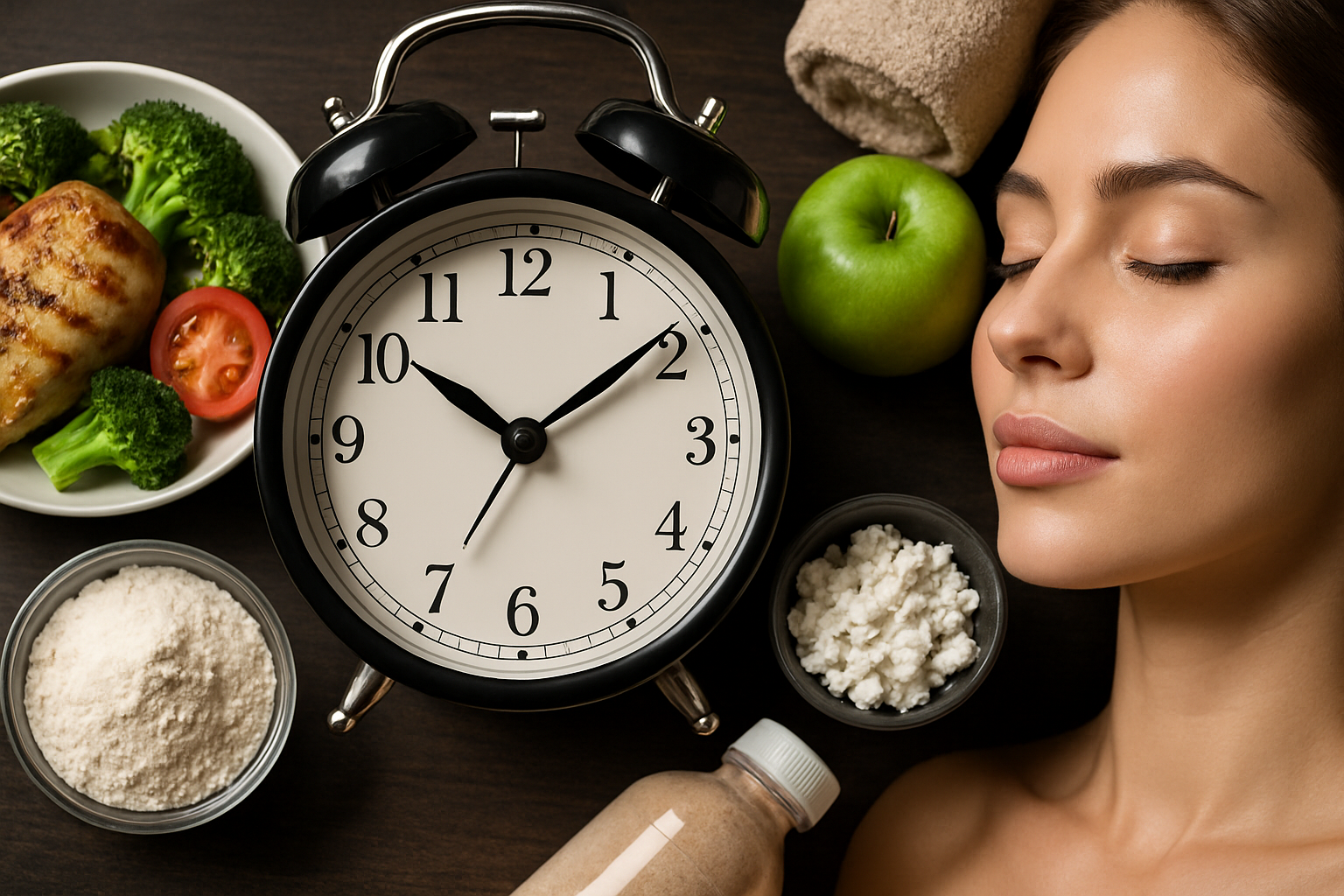Meal timing and protein strategies for tissue repair and radiance
Clear timing and thoughtful protein choices support tissue repair, skin radiance, and consistent wellness. This article outlines meal timing around workouts, hydration and sleep links, and simple strategies to balance nutrition with recovery and routine care.

A steady rhythm of meals and adequate protein supports tissue rebuilding and a healthy complexion. Timing nutrients around workouts helps muscle and skin cells recover, while combined attention to hydration, sleep, and a consistent self-care routine enhances visible radiance. Practical, evidence-informed approaches—without oversimplified promises—make it easier to align nutrition with workouts, mobility work, and daily skincare practices.
This article is for informational purposes only and should not be considered medical advice. Please consult a qualified healthcare professional for personalized guidance and treatment.
How does nutrition and protein aid tissue repair?
Protein supplies amino acids needed for collagen synthesis, immune responses, and cell turnover—processes central to tissue repair and skin health. Consuming high-quality protein sources throughout the day distributes amino acids that support ongoing repair rather than a single large dose. Pairing protein with micronutrient-rich foods—vitamins C, A, zinc and iron—supports collagen formation and skin barrier function, linking nutrition directly to measurable improvements in tissue resilience and radiance.
When to eat around workouts for recovery and strength?
Aim to include protein and carbohydrates within a 1–2 hour window after moderate-to-intense workouts to support muscle protein synthesis and glycogen replenishment. A 20–40 gram protein target after resistance sessions is a practical starting point for many people to promote strength gains and recovery. Spacing protein evenly across meals (for example, breakfast, lunch, dinner, and a post-workout snack) helps sustain repair processes and reduce prolonged catabolic periods after workouts.
How do hydration, sleep, and mindfulness influence skincare?
Hydration supports skin turgor and the delivery of nutrients to tissues; drinking adequate fluids across the day complements nutrition for radiance. Sleep is when much tissue repair occurs—poor sleep impairs recovery and can worsen skin appearance. Mindfulness practices that reduce stress may also lower cortisol-related breakdown of collagen and encourage consistent routines for skincare and sleep, indirectly supporting both tissue repair and a healthier-looking complexion.
How can mobility, posture, and flexibility support tissue health?
Mobility and flexibility practices improve circulation and promote efficient nutrient delivery to muscles and skin. Good posture reduces chronic strain that can impair local tissue recovery and promote inflammation. Integrating mobility work before or after workouts—combined with protein-rich meals and hydration—creates an environment where tissues recover more effectively and functional strength gains translate into better overall wellness and appearance.
What role do supplements and exfoliation play in recovery?
Supplements can fill gaps when dietary intake is insufficient; common examples include vitamin D, omega-3s, and collagen peptides, which some people use to support skin and tissue maintenance. Exfoliation supports visible radiance by removing dead surface cells and aiding product absorption, but it should be balanced with recovery needs—over-exfoliation can irritate skin and slow repair. Prioritize foundational nutrition, hydration, sleep, and a gentle skincare routine before relying on supplements or aggressive treatments.
How to build a routine that blends workouts, nutrition, and wellness?
Create a simple, repeatable routine: schedule balanced meals with protein every 3–5 hours, include a post-workout snack when training, hydrate consistently, and reserve time for mobility and sleep. Track small metrics—sleep duration, workout consistency, and how skin responds to changes—rather than extreme measures. Consistency in nutrition, workouts, and recovery practices produces cumulative benefits for strength, tissue repair, and skin radiance over weeks and months.
Conclusion Meal timing and deliberate protein distribution support tissue repair and contribute to a healthier appearance when combined with hydration, sleep, mobility work, and measured skincare practices like exfoliation. Prioritizing consistent, balanced meals around workouts and a recover-forward routine helps sustain strength gains, improve recovery, and promote skin radiance without relying on unverified claims.





